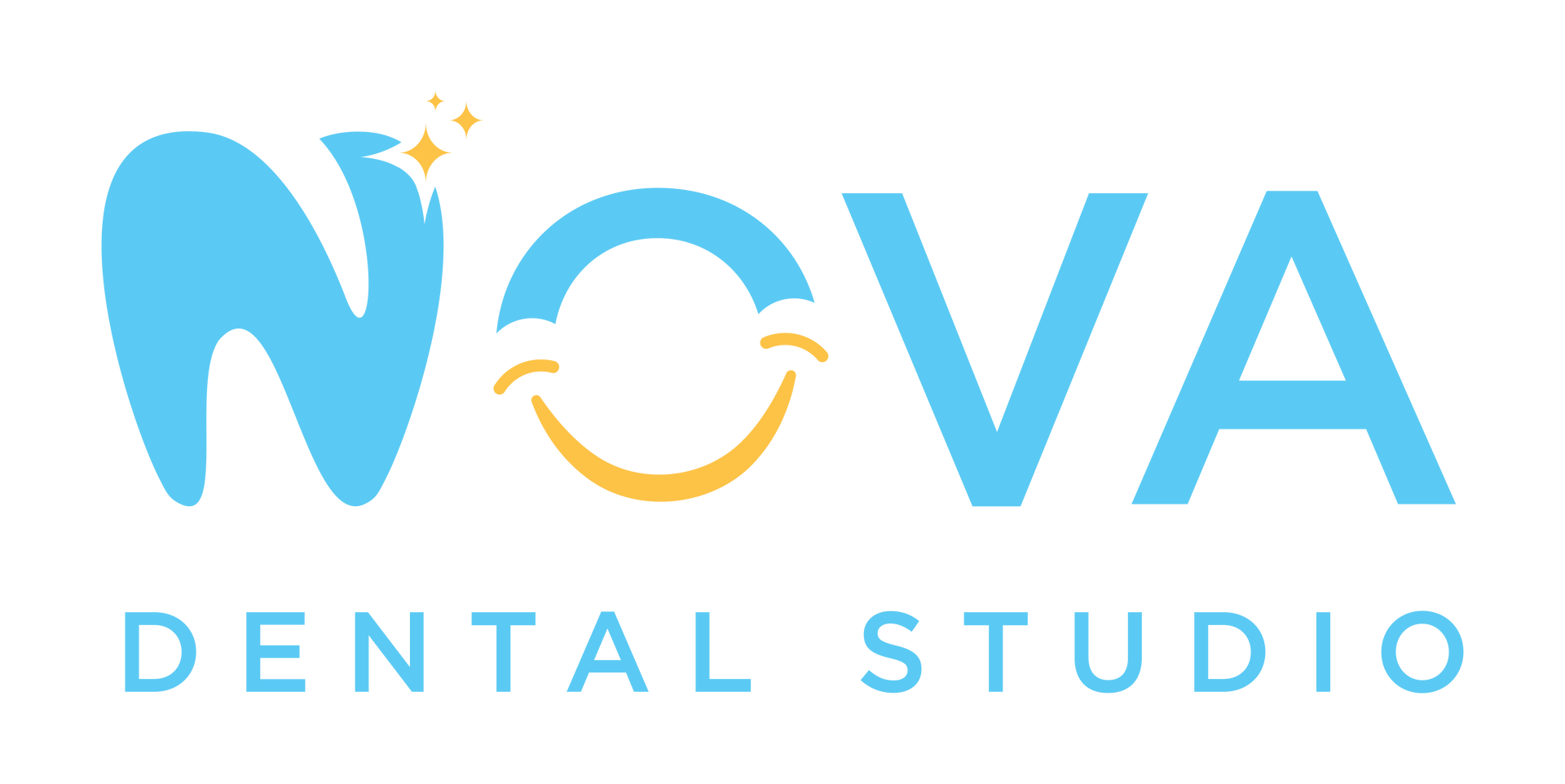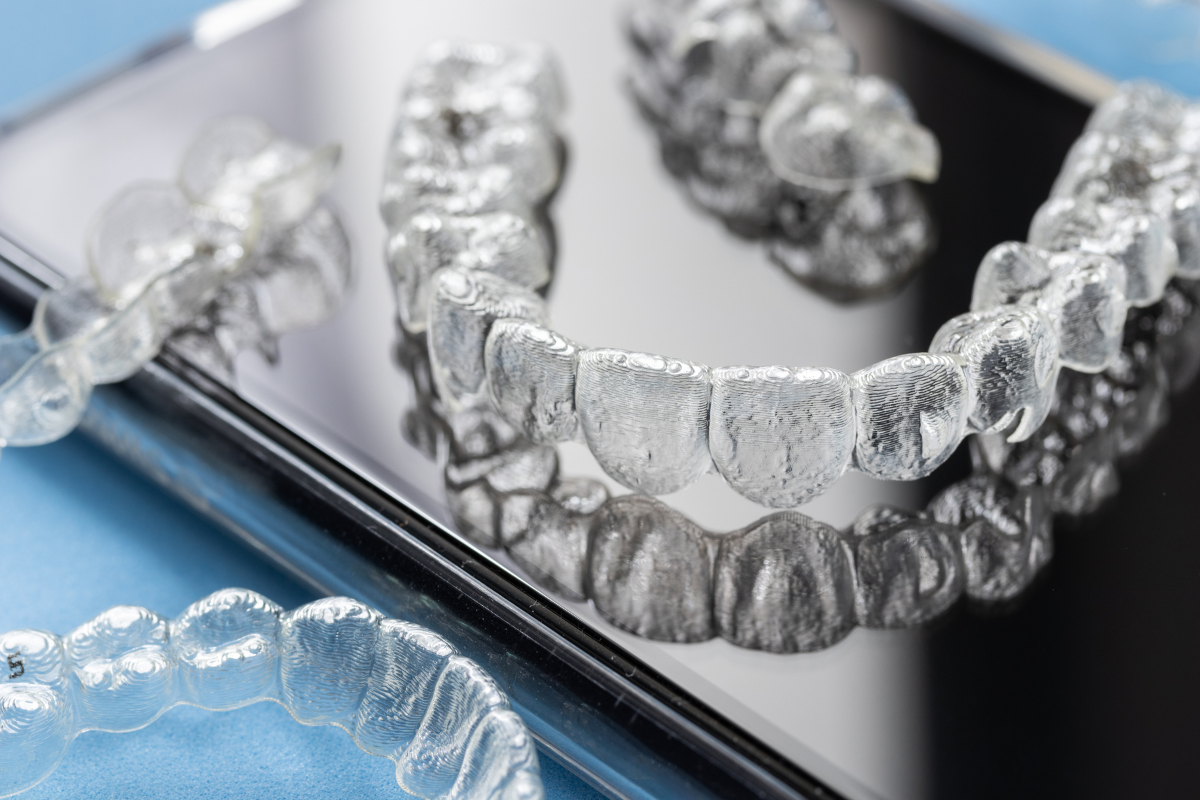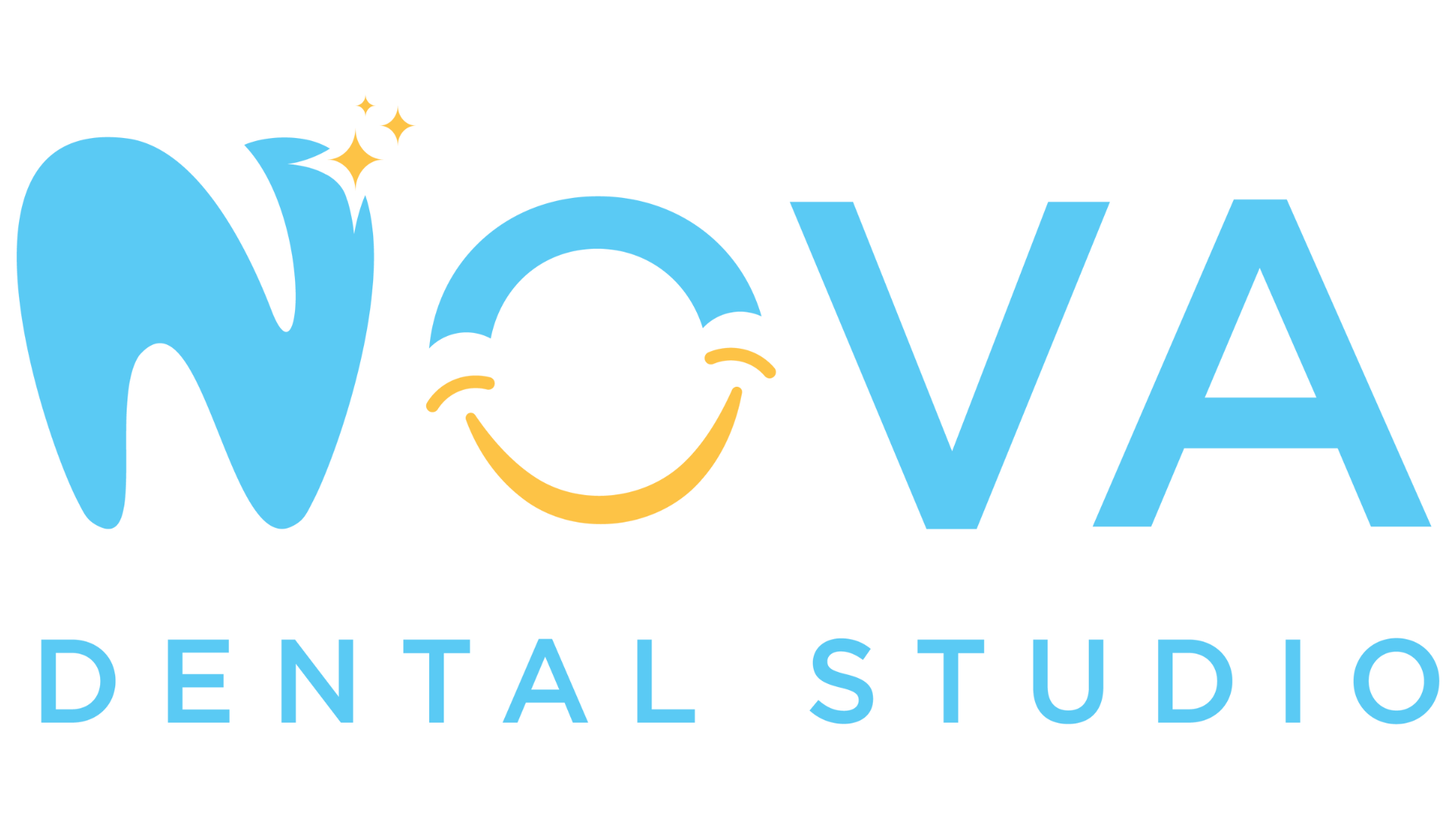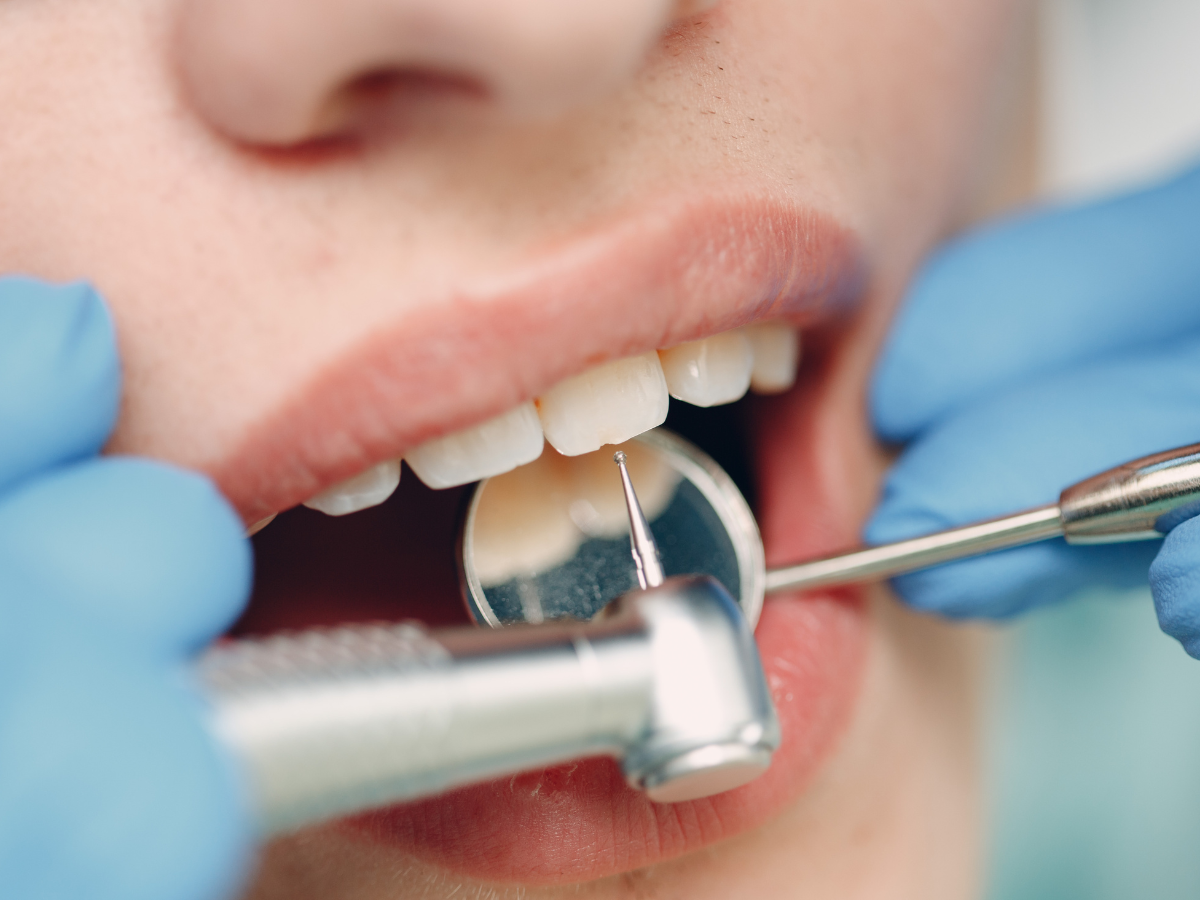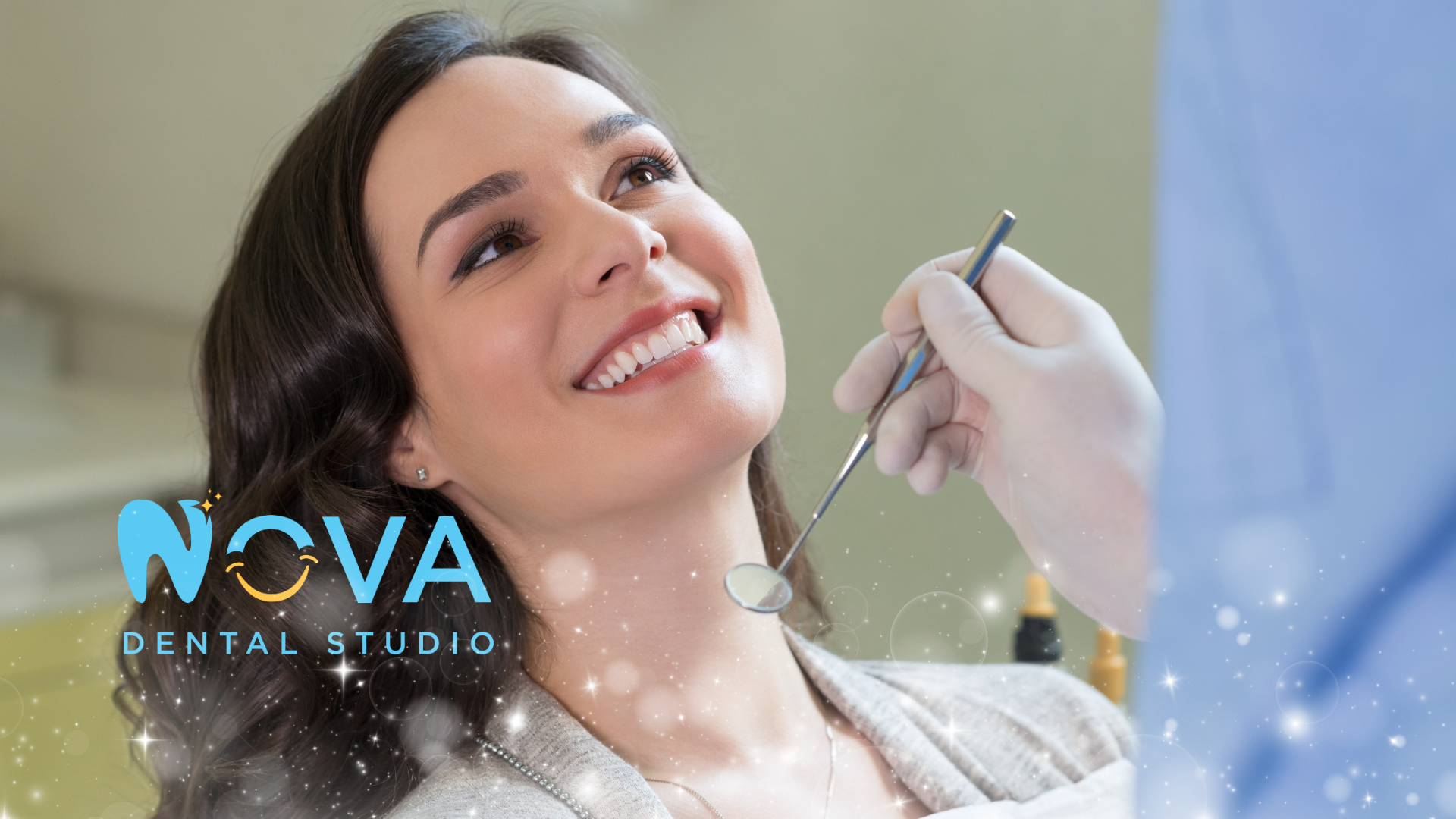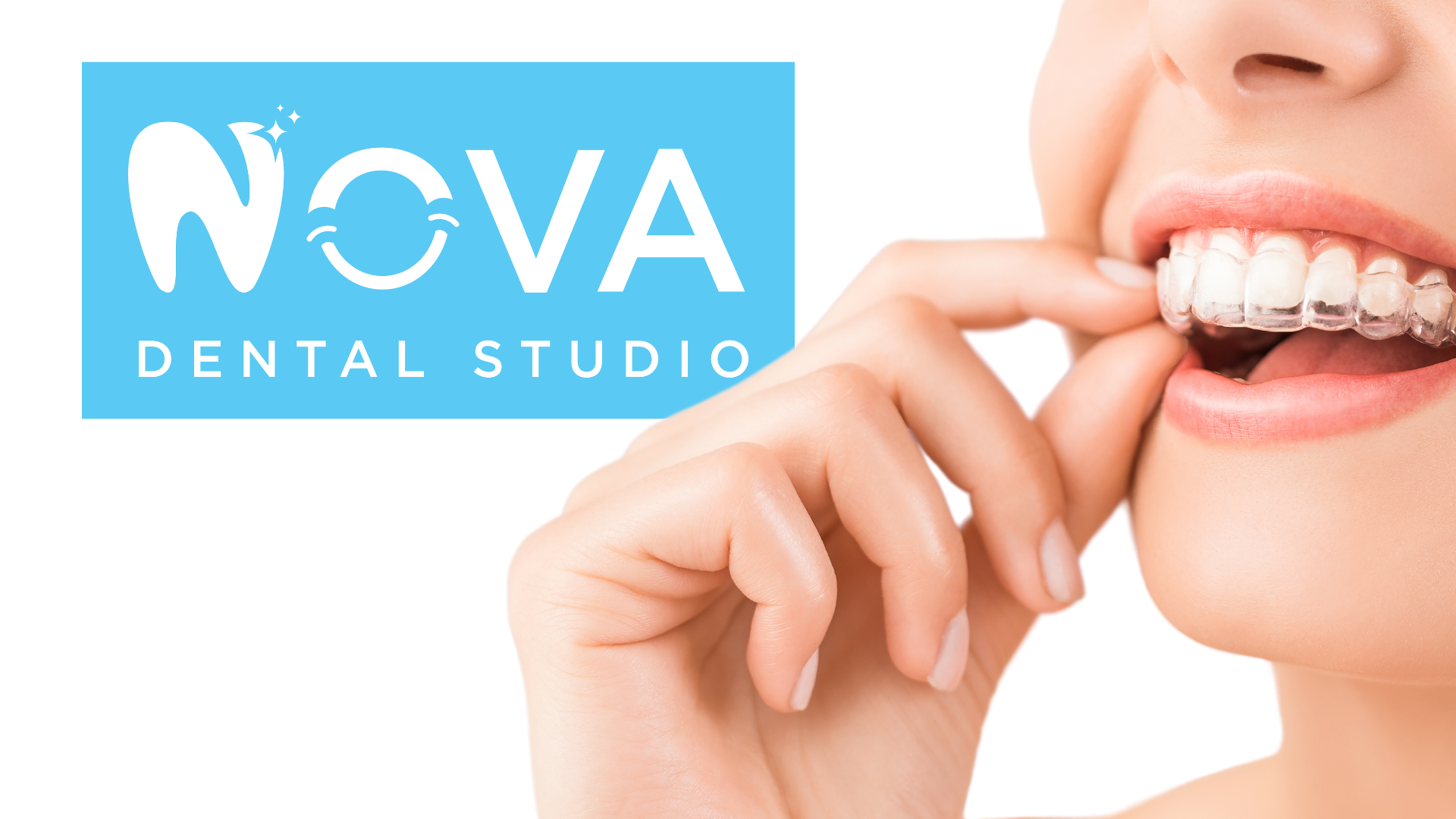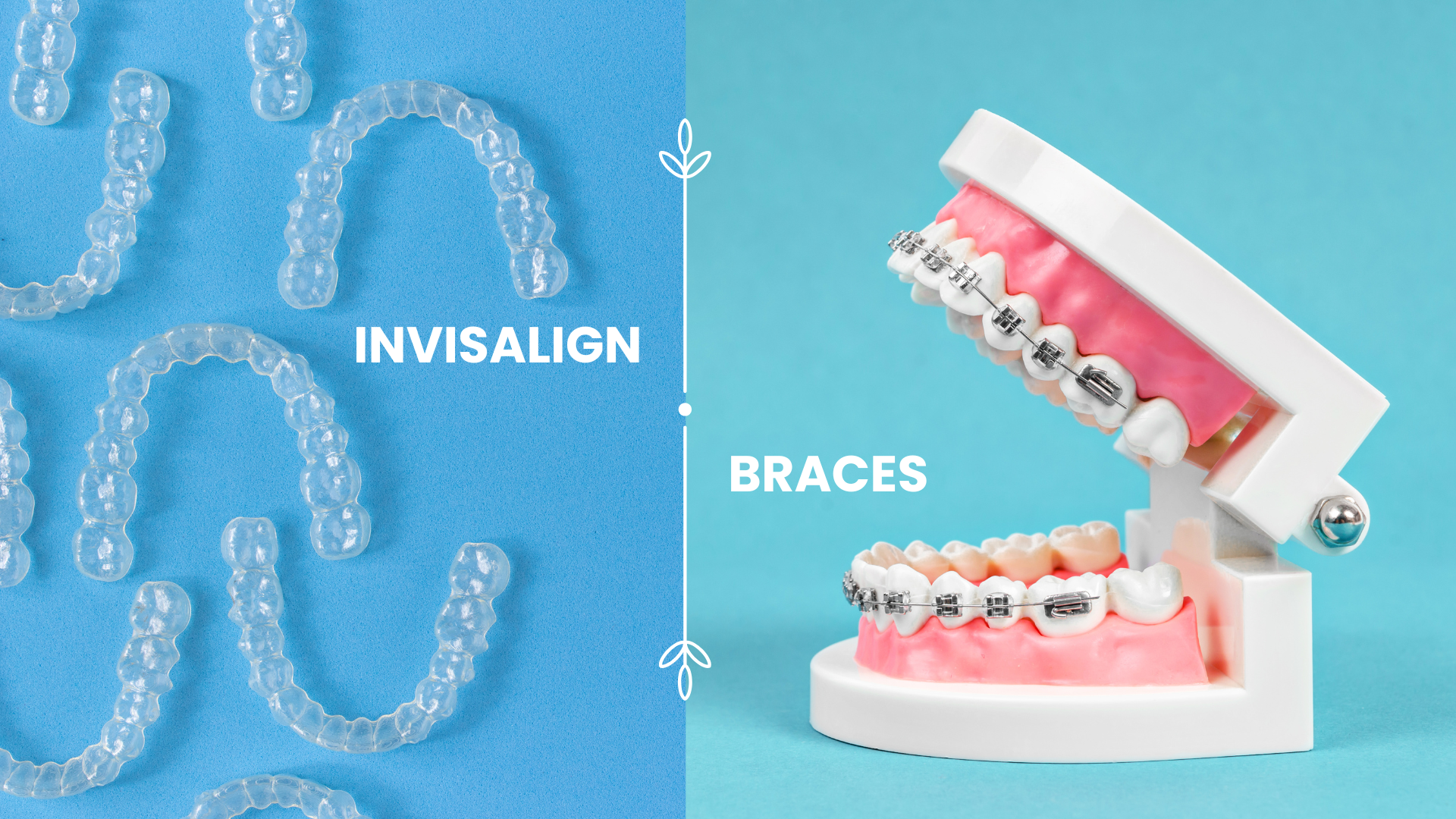Can Invisalign Effectively Fix an Overbite? Everything You Need to Know
Understanding Overbites and Their Impact
Definition of Overbite
So, what exactly is an overbite? Basically, it's when your upper front teeth overlap your lower front teeth more than they should. Dentists call it a malocclusion, which is just a fancy word for a misalignment of your teeth. A normal overbite is when the upper teeth cover about a third to a half of the lower teeth. Anything more than that, and you might want to consider getting it checked out. It's super common, and lots of people have one to some degree. It's not always a big deal, but sometimes it can cause problems.
Types of Overbites
Okay, so there isn't just one kind of overbite. There are different ways to classify them, usually based on how severe they are. A slight overbite might not even be noticeable, and you might not need any treatment. But a more severe overbite, sometimes called a deep bite, is when your upper teeth really cover a lot of your lower teeth. This is where you might start seeing some issues. Also, sometimes overbites are caused by the teeth themselves being out of alignment, and other times it's more about the jaw being misaligned. It's important to figure out what's causing your specific overbite to get the right treatment.
Potential Dental Issues Caused by Overbites
An overbite isn't just a cosmetic thing; it can actually cause some real problems if it's not addressed. Here's a few things that can happen:
- Tooth Wear: The constant contact between your upper and lower teeth can wear down the enamel, especially on your lower front teeth.
- Jaw Pain: A bad overbite can put stress on your jaw joint, leading to pain, headaches, and even TMJ disorders.
- Gum Problems: Overbites can sometimes cause gum recession or inflammation, making your gums more prone to disease.
- Difficulty Chewing or Speaking: In severe cases, an overbite can make it hard to bite into food or pronounce certain words.
Ignoring an overbite can lead to bigger problems down the road. It's always a good idea to talk to your dentist or orthodontist if you're concerned about your bite. They can assess the situation and recommend the best course of action for you. Addressing it sooner rather than later can save you from discomfort and more extensive treatment later on.
How Does Invisalign Work for Overbite Correction?
Mechanism of Action
So, how does Invisalign actually fix an overbite? It's all about those clear aligners. Each set of aligners is slightly different, designed to gradually shift your teeth into the correct position. You wear each set for a week or two, then move on to the next. It's like a step-by-step process, gently guiding your teeth over time. The aligners apply pressure to specific areas, encouraging the teeth to move and the jaw to align better. It's not a quick fix, but it's a pretty clever way to straighten your teeth without metal brackets and wires.
Treatment Process
The Invisalign treatment process usually starts with a consultation. The dentist or orthodontist will examine your teeth, take X-rays, and create a digital scan of your mouth. This scan is used to create a 3D model of your teeth and plan the entire treatment. You'll get a series of custom-made aligners that you'll need to wear for about 20-22 hours a day. You'll switch to a new set of aligners every one to two weeks, as directed by your orthodontist. Regular check-ups are important to monitor your progress and make any necessaryadjustments. It's a commitment, but the results can be worth it.
Importance of Compliance
Compliance is key with Invisalign. If you don't wear your aligners as directed, the treatment won't work. It's that simple. You need to wear them for at least 20-22 hours a day, every day. Taking them out for too long can delay the treatment and affect the final outcome. Think of it like this:
- Wear your aligners consistently.
- Clean your aligners regularly.
- Attend all scheduled appointments.
It's easy to get lazy and skip wearing your aligners for a few hours, but those hours add up. The more consistent you are, the faster and more effective your treatment will be. It's all about sticking to the plan and being disciplined.
Benefits of Choosing Invisalign for Overbite Treatment
So, you're thinking about fixing that overbite, huh? And you're wondering if Invisalign is the way to go? Well, let's talk about why a lot of people are choosing Invisalign these days. It's not just about straight teeth; it's about the whole experience.
Discreet Appearance
Let's be real, nobody wants to walk around with a mouth full of metal. One of the biggest draws of Invisalign is how subtle they are. People might not even notice you're wearing them. That's a huge plus for adults and teens who are self-conscious about their appearance. You can smile confidently through the whole process.
Improved Oral Hygiene
Braces can be a real pain to clean. Food gets stuck, flossing is a nightmare, and you're constantly battling plaque buildup. With Invisalign, you just pop the aligners out to brush and floss like normal. It's way easier to keep your teeth and gums healthy during treatment. No special tools or complicated routines needed.
Flexibility in Eating
Remember when your friends with braces couldn't eat popcorn, or caramel, or basically anything fun? With Invisalign, you can eat whatever you want! Just take the aligners out before meals and snacks, and brush your teeth before putting them back in. It's that simple. No more worrying about breaking brackets or getting food stuck in wires.
Invisalign offers a level of convenience and discretion that traditional braces just can't match. It's a modern solution for a common problem, making the journey to a straighter smile a whole lot easier.
Comparing Invisalign and Traditional Braces
Choosing between Invisalign and traditional braces can feel like a big decision. Both aim to fix your overbite, but they go about it in different ways. It really boils down to what you value most: appearance, comfort, or maybe even the total time you'll be wearing them. Let's break down the key differences.
Effectiveness for Overbite Correction
When it comes to fixing an overbite, both Invisalign and traditional braces can be effective, but it depends on the severity. Traditional braces are often better for more complex or severe overbites because they offer more control over tooth movement. Invisalign works best for mild to moderate cases. Your orthodontist can assess your specific situation and recommend the best approach.
Comfort and Convenience
One of the biggest draws of Invisalign is comfort. The smooth plastic aligners are generally more comfortable than metal brackets and wires. Plus, you can remove them to eat, drink, brush, and floss, which is a huge convenience. With traditional braces, you'll need to watch what you eat to avoid damaging the brackets, and cleaning your teeth can be a bit of a challenge.
Treatment Duration
Treatment time varies for both Invisalign and traditional braces, but Invisalign can sometimes be faster, especially for less severe cases. Invisalign estimates average treatment times from 6 months to 2 years, while traditional braces are worn on average for 1 to 3 years. Keep in mind that these are just averages, and your actual treatment time will depend on the complexity of your case and how well you follow your orthodontist's instructions.
Ultimately, the best choice depends on your individual needs and preferences. Talk to your orthodontist about the pros and cons of each option to determine which one is right for you.
Expected Treatment Duration with Invisalign
Factors Influencing Treatment Time
So, you're wondering how long this Invisalign journey will take? Well, it's not a one-size-fits-all answer. Several things play a part. The severity of your overbite is a big one – a minor overbite will likely take less time to correct than a more significant one. Your commitment to wearing the aligners as directed is also super important. If you're not wearing them for the recommended 20-22 hours a day, you're basically slowing down the whole process. Also, everyone's teeth move at a different pace, so what works quickly for one person might take longer for another. Even the specific techniques your orthodontist uses can affect the timeline.
Average Treatment Length
Okay, let's talk numbers. Invisalign themselves say that most people wear their aligners for somewhere between 6 months and 2 years. That's a pretty big range, I know! But it really does depend on those factors we just talked about. Some people might be done in as little as six months, while others might need the full two years (or even a bit longer) to get the results they want. Traditional braces, on the other hand, often take between 1 and 3 years, so Invisalign can be a faster option, but not always.
What to Expect During Treatment
During your Invisalign treatment, you'll be switching to a new set of aligners every week or two. Each set is designed to gradually shift your teeth closer to their ideal positions. You'll have regular check-ups with your orthodontist to make sure everything is going according to plan. These appointments are usually every 6-8 weeks. It's important to keep those appointments, because your orthodontist will be monitoring your progress and making any necessary adjustments to your treatment plan. Also, remember that after your Invisalign treatment is complete, you'll need to wear a retainer to keep your teeth from shifting back. How long you'll need to wear the retainer will depend on your individual situation, but it's usually for at least several months, and sometimes even longer.
It's easy to get impatient during orthodontic treatment, but try to remember that it's a process. Stick with it, follow your orthodontist's instructions, and you'll be smiling with confidence in no time!
Invisalign for Younger Patients
Special Considerations for Children
When it comes to younger patients, using Invisalign to fix an overbite needs a bit of extra thought. Kids' mouths are still growing, so it's not quite the same as treating an adult. It's super important to keep a close eye on how their teeth and jaws are developing during the treatment. Regular check-ups are a must to make sure everything is moving in the right direction. Plus, kids might need a little extra encouragement to wear their aligners as much as they should. Finding an orthodontist experienced with Invisalign in Irvine and pediatric cases is a smart move.
Use of Invisalign Mandibular
For younger patients, especially those around 12 or younger, there's something called Invisalign Mandibular Advancement. These aligners have special plastic 'wings' attached. These wings help to gently guide the lower jaw forward, which is great for fixing overbites in kids who are still growing. It's a way to correct the jaw position while also straightening the teeth. It's like hitting two birds with one stone! This approach can also improve the appearance of the chin, which is a nice bonus.
Monitoring Progress
Keeping tabs on how things are going is key when using Invisalign for overbite correction in younger patients. This means more frequent visits to the orthodontist to check that the teeth are moving as planned and that the jaw is developing correctly. Sometimes, things might need a little adjustment along the way. It's all about making sure the treatment is as effective as possible and that the child gets the best possible outcome. Cosmetic Dentistry and Restorative Dentistry are important aspects to consider during these monitoring appointments to ensure overall oral health.
It's important to remember that every child is different, and what works for one might not work for another. A personalized treatment plan is essential, and it should be tailored to the specific needs of the child. This plan should take into account the severity of the overbite, the child's age, and their overall dental health.
Self-Discipline and Care During Invisalign Treatment
Importance of Consistent Wear
Okay, so you've decided on Invisalign. Awesome! But here's the deal: these aligners aren't magic. They only work if you actually wear them. Your orthodontist probably told you to wear them for 20-22 hours a day, and they weren't kidding. Think of it like this: every hour you don't wear them is like taking a step backward in your treatment. It's easy to get lazy, especially on weekends, but trust me, sticking to the schedule is key. Otherwise, you're just prolonging the whole process, and nobody wants that.
Cleaning and Maintenance
Keeping your aligners clean is super important, not just for hygiene, but also to keep them clear and discreet. Nobody wants yellow, cloudy aligners! Here's what I do:
- Rinse them every time you take them out. This gets rid of any saliva and food particles.
- Brush them gently with a soft toothbrush and some mild soap. Avoid toothpaste, as it can be abrasive.
- Soak them in a cleaning solution a couple of times a week. There are special Invisalign cleaning crystals you can buy, or you can use denture cleaner.
It's also a good idea to clean your teeth before putting your aligners back in. Trapping food and bacteria against your teeth is a recipe for cavities and bad breath. Trust me, your mouth will thank you.
Managing Dietary Restrictions
One of the perks of Invisalign is that you can eat whatever you want, unlike with traditional braces. But that doesn't mean you should go wild. Remember, you have to take your aligners out to eat, and then brush your teeth before putting them back in. This can be a bit of a hassle, especially if you're snacking all day long. I found myself cutting down on sugary drinks and snacks simply because I didn't want to deal with the extra cleaning. It's a small price to pay for a straighter smile, right?
Here's a little table to help you think about it:
| Food/Drink | Impact on Treatment | Recommendation |
|---|---|---|
| Sugary Drinks | Can cause cavities and stain aligners | Limit intake; rinse mouth and aligners after consumption |
| Sticky Foods | Can get stuck in teeth and aligners | Avoid or brush thoroughly after eating |
| Hard/Crunchy Foods | Not a direct issue, but removal is required | Be mindful of aligner removal; don't forget to put them back in! |
| Coffee/Tea | Can stain aligners | Drink in moderation; rinse aligners after consumption, or remove them temporarily if you're really concerned |
Wrapping It Up
So, can Invisalign really fix an overbite? The answer is yes, especially for mild to moderate cases. If you're looking for a less visible option than traditional braces, Invisalign might be a great fit for you. Just remember, it takes commitment to wear those aligners for most of the day. And while it can take anywhere from six months to a few years, the results can be well worth the wait. If you think you have an overbite, don’t hesitate to talk to an orthodontist at
Nova Dental Studio. They can help you figure out the best treatment plan for your smile.
This blog is intended for informational purposes only and does not constitute medical or dental advice. Individual results with Invisalign may vary based on the severity of the overbite, patient compliance, and other personal factors. Always consult a licensed dentist or orthodontist to determine the most appropriate treatment for your specific dental needs. For a personalized evaluation, contact Nova Dental Studio to schedule a professional consultation.
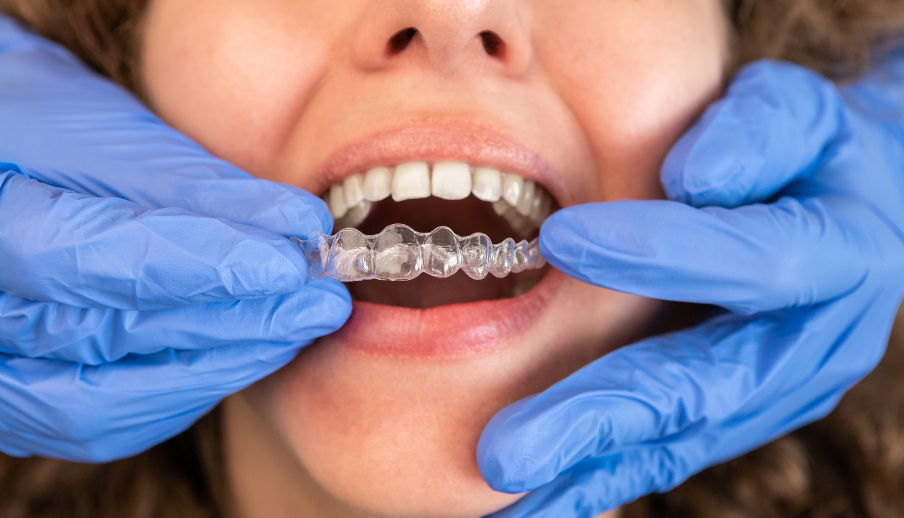
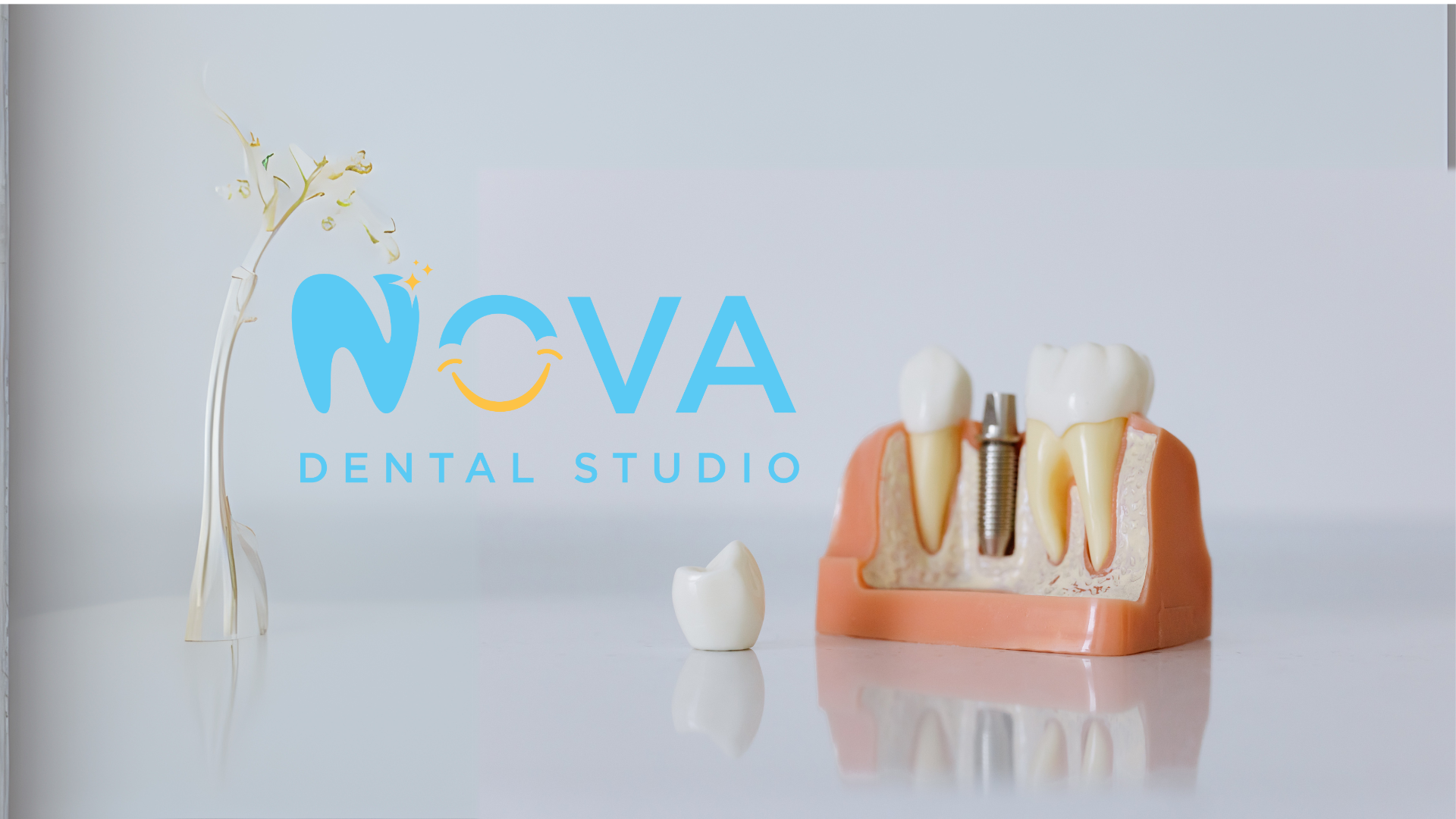

Nova Dental Studio
Find our office on the third floor right next to the elevators!
Phone: 949-889-0006
Email:
info@novadental.studio
All Rights Reserved | Nova Dental Studio | 2024
